Description
Danish Ballhead Cabbage (A.K.A. Amager)
100 Seeds per pack
Days to Maturity: 90–110 Days
Sun Requirements: Full sun; tolerates light shade in hot climates.
Botanical Name: (Brassica oleracea)
Introduced to American gardens by W. Atlee Burpee in 1887, Danish Ballhead Cabbage traces its lineage to the 15th century, originating on Amager Island near Copenhagen. There, Dutch settlers cultivated this dependable short-stemmed strain, prized for its impressive storage life and culinary versatility. Its dense, solid heads ship well and store for months, making it a longtime favorite among market growers.
Danish Ballhead forms dense, round blue-green heads that measure 7–8 inches across and weigh between 5–7 pounds. Plants grow 12–14 inches tall with a 24–28 inch spread, offering compact yet vigorous growth. Inside, the heads reveal a sweet, mild, and tender heart, ideal for fresh slaws, hearty soups, and traditional cabbage rolls. It also shines when fermented into crisp, tangy sauerkraut.
Well suited to cool climates like the Northeast and mountain regions, it tolerates heat and drought once established, though it performs best when not exposed to prolonged extremes. Gardeners value its long storage potential, with firm heads that keep well into winter.
Packed with vitamins C and K, along with dietary fiber, Danish Ballhead is a healthful and delicious addition to the fall garden!
Planting Instructions for Danish Ballhead Cabbage Seeds
When to Plant:
Start seeds indoors 4–6 weeks before your last expected spring frost for a summer crop. For a fall harvest, start seeds indoors or direct-sow in the garden about 12–15 weeks before your first expected autumn frost. In northern zones, spring seedlings should be started indoors in early to mid-April. In warmer climates, you may direct-sow in midsummer for a fall crop.
How to Start Indoors:
Sow seeds ¼″ deep in trays or cells filled with a fine, sterile seed-starting mix. Plant 2–3 seeds per cell, then thin to the strongest seedling after germination. Keep the soil evenly moist and place under bright light or grow lights to prevent leggy growth. Ideal temperature for germination is 60–70°F. Begin feeding with diluted organic fertilizer once the first true leaves appear. Transplant seedlings into larger pots when they develop 4–5 true leaves.
Hardening Off & Transplanting:
Harden off seedlings 7–10 days before transplanting by gradually introducing them to outdoor sun and temperatures. Transplant when plants are 4–6″ tall and nighttime temperatures remain above 40°F. Choose a sunny, sheltered site with well-drained, fertile soil. Amend with compost 1–2 weeks before planting. Space seedlings 18–24″ apart in rows spaced 30–36″ apart to accommodate Danish Ballhead’s robust heads.
Direct Sowing:
Sow seeds ¼–½″ deep and 18″ apart in early summer. Keep the soil consistently moist during germination. Once seedlings appear, thin to one plant per spacing. Protect young plants with row cover to guard against wind, heat, and pests.
Growing Tips:
Danish Ballhead Cabbage is a heavy feeder and thrives in rich soil with consistent moisture. Side-dress with high-nitrogen organic fertilizer 3–4 weeks after transplanting. Mulch with straw or shredded leaves to retain moisture and suppress weeds. Water deeply and regularly—aim for 1″ of water per week, more if soil is sandy. Once established, Danish Ballhead tolerates some heat and drought.
Pest Management:
Watch for cabbage worms, loopers, flea beetles, root maggots, and deer. Use floating row covers to block pests early in the season. Inspect leaves regularly and remove caterpillars by hand. Cardboard or PVC collars can help deter root maggots. If deer are a problem in your area, use fencing or netting to keep them out. Avoid planting cabbage in the same spot two years in a row to reduce disease and pest pressure.
Diseases to Watch For:
Common cabbage diseases include black rot, alternaria leaf spot, and clubroot. Danish Ballhead is naturally bolt- and split-resistant, but still benefits from crop rotation, good airflow, and avoiding overhead watering. Remove infected plants promptly to prevent spread.
Harvesting:
Harvest when heads feel firm and reach their mature size. Danish Ballhead forms solid, blue-green round heads that weigh 5–7 lbs and measure 7–8″ across. Cut at the base using a sharp knife. To prevent heads from splitting after heavy rain, gently twist to partially sever some roots or use a spade to cut one side. If heads do split, harvest immediately and use promptly.
Storage:
Danish Ballhead is knwn for its exceptional storage life. Store in a cool, moist environment (32–40°F, 95% humidity) such as a root cellar. For long-term preservation, ferment into sauerkraut. Refrigerators are generally too dry for extended storage.
Seed Saving:
Cabbage is a biennial, meaning it produces seed in its second year of growth. To save seeds, leave healthy, true-to-type Danish Ballhead cabbage plants in the ground over winter, or dig and store them in a root cellar for replanting in early spring. Plants will bolt, flower, and produce seed pods. Allow pods to dry on the plant, then harvest and crush to collect seeds.
Clean and dry the seeds thoroughly before labeling and storing them in a cool, dark, dry place—Danish Ballhead seeds remain viable for 3 to 6 years. We offer seed-saving envelopes that are ideal for home gardeners—easy to write on and perfect for long-term storage. Isolate from other brassicas to avoid cross-pollination.
FAQ:
What is the historical or notable background of Danish Ballhead Cabbage?
Danish Ballhead Cabbage, also known as Amager, dates back to the 15th century and hails from Amager Island near Copenhagen. Introduced to American gardens by W. Atlee Burpee in 1887, it was cultivated by Dutch settlers for its dependability, long storage life, and culinary adaptability.
How would you describe the flavor of Danish Ballhead Cabbage?
Danish Ballhead offers a sweet, mild flavor with a tender inner heart, making it excellent for fresh slaws, savory soups, stuffed cabbage rolls, and fermentation into crisp sauerkraut.
What does Danish Ballhead Cabbage look like, and how does it grow?
This variety forms dense, round blue-green heads that measure 7–8 inches across and weigh 5–7 pounds. Plants reach 12–14 inches in height and spread 24–28 inches, providing compact yet vigorous growth.
How and when do I harvest Danish Ballhead Cabbage?
Harvest Danish Ballhead when heads are firm and reach full size, usually between 90–110 days. Use a sharp knife to cut at the base. If heavy rains threaten splitting, gently sever some roots to relieve pressure.
When is the best time to plant Danish Ballhead Cabbage?
For a summer crop, start seeds indoors 4–6 weeks before the last spring frost. For fall harvest, sow indoors or directly in the garden 12–15 weeks before the first autumn frost. Northern gardeners should start indoors by mid-April.
What are the common culinary uses for Danish Ballhead Cabbage?
Danish Ballhead is very versatile—ideal for coleslaw, braised cabbage, hearty stews, traditional rolls, and homemade sauerkraut due to its firm texture and mild, sweet taste.
What’s the best way to store Danish Ballhead Cabbage after harvest?
Store it in a cool, moist setting—ideally 32–40°F with 95% humidity, such as a root cellar. While refrigerators can be too dry, fermentation into sauerkraut is an excellent long-term storage method.
What nutrients does Danish Ballhead Cabbage provide?
It’s rich in vitamins C and K and offers a solid source of dietary fiber, supporting immune health, bone strength, and digestive wellness.
Does Danish Ballhead Cabbage have any notable disease or pest resistance?
Yes, Danish Ballhead is naturally bolt- and split-resistant. While not totally immune to all diseases, it benefits from crop rotation and good airflow to manage common brassica diseases like black rot and alternaria.
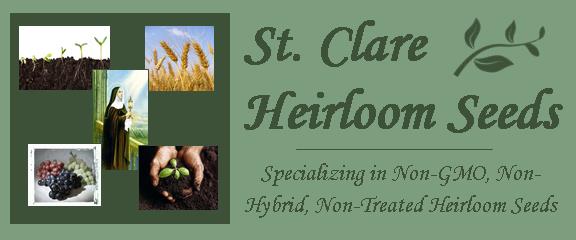
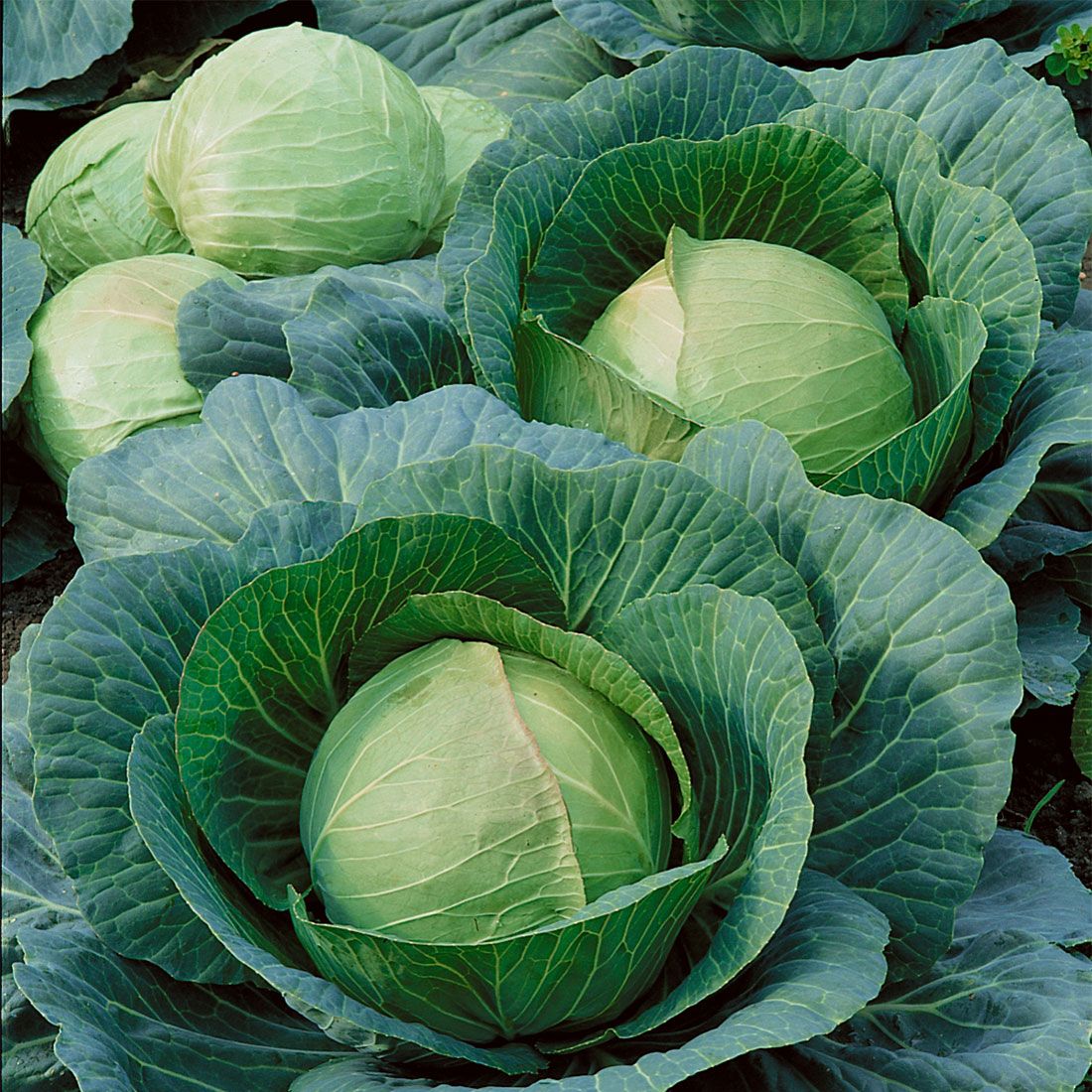










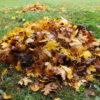
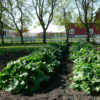

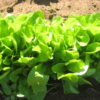
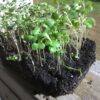


Terry (verified owner) –
packaged well
Darrell cochran (verified owner) –
haven’t looked at them yet. I am sure they are fine
J H. (verified owner) –
Beautiful!
Diane G. (verified owner) –
5 star!